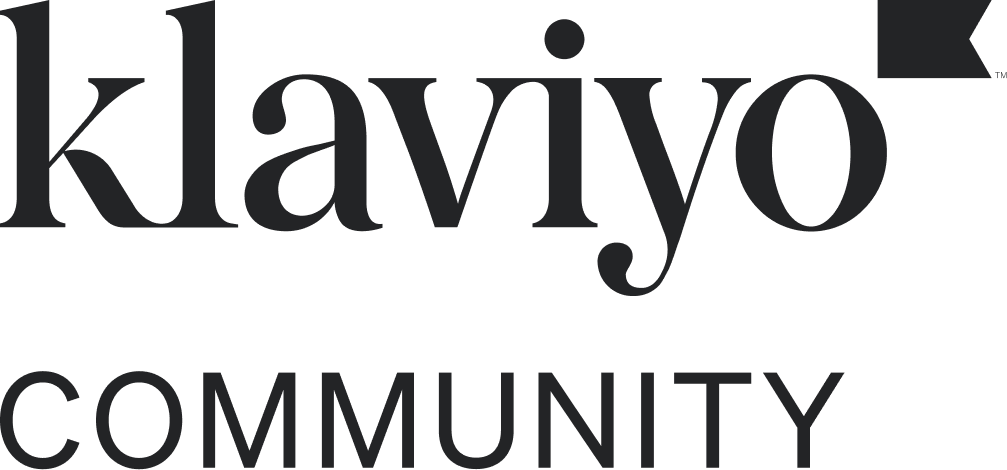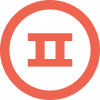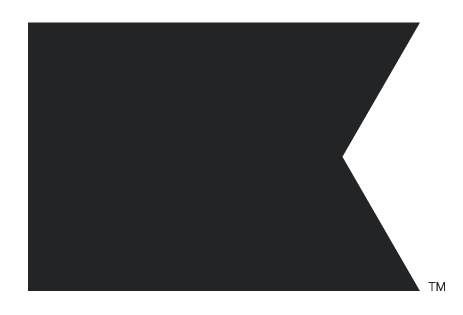Hi @Nico01!
As I’m sure you’re aware, flow strategy depends greatly on a number of things including product type/industry, customer base, and how your online business is set up in general. Keeping that in mind, we do offer a few tips that might be helpful. For starters, it may be useful to look at the serving size or supply estimates for each product, and then make product-specific flows based on these estimates.
For example, if you sell a product that has a recommended 30-day supply, it could benefit you to send a reminder around 25 days after each purchase. Here’s a Help Center Article detailing this more thoroughly:
If your product’s supply abundance is less clear, Expected Date of Next Order can be useful because it can pull data from other customer’s habits to inform timing. However, here are some instances where using this feature may not be recommended:
- We don’t recommend counting down to the expected date of next order as repeat customers will simply get the same sequence of emails leading up to every order which may result in unsubscribes.
- This flow shouldn’t replace the use of replenishment flows if customers know the general cycles for most of their product categories.
- If you have a high percentage of repeat buyers, you may want to only use this feature for customers who have purchased once to nurture them for their second purchase.
As Chelsea wrote in this Community post, A/B testing can also be a valuable tool (such as the 50/50 split you described) because it allows you to rule out strategies in real time, and enables you to get more specific with your analysis of customer behavior:
All in all, the short answer is that the Expected Date of Next Order option is probably most effective for new customers and with products that have irregular supply abundances, and A/B testing is a way to hammer out the remaining puzzle pieces, it all depends on your prior customer history and your business plan.
I hope this helps, and thanks for using the Community!
- Brian


![[Academy] Klaviyo Product Certificate Forum|alt.badge.img](https://uploads-us-west-2.insided.com/klaviyo-en/attachment/8798a408-1d98-4c3e-9ae8-65091bb58328_thumb.png)





